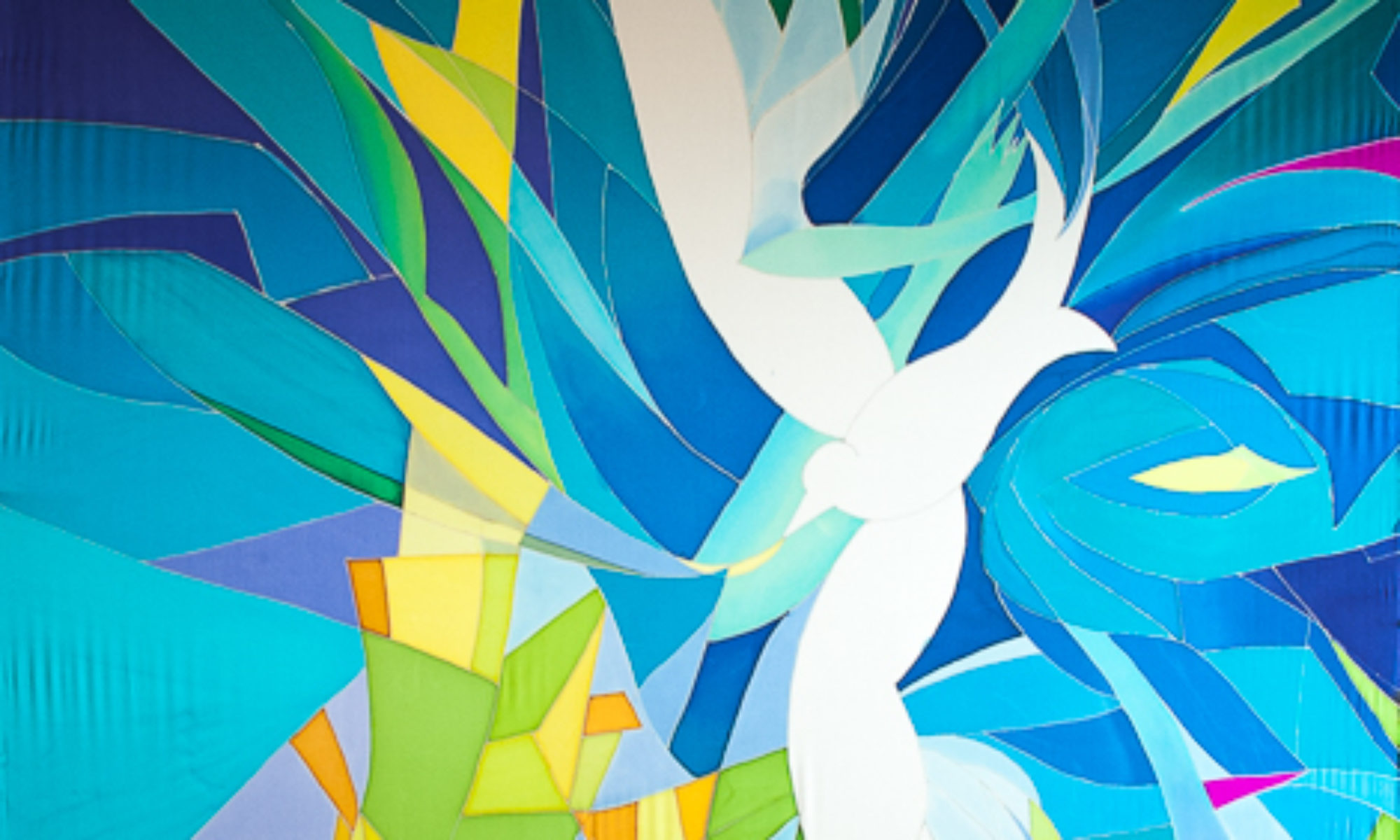New Banner for PA Senior Home
The chapel at Artman Senior Home has a bright burgandy carpet and white walls. The paraments that decorate the alter are changed seasonally, with a different color for each season. When I looked at pictures of the chapel with the old banner in place it seemed we could do more to integrate the seasonal colors of red, purple, blue, green, white and gold into the space by designing with a new color scheme to incorporate each seasonal color in a better way than before.

The chapel at Artman Senior Home has a bright burgandy carpet and white walls. The paraments that decorate the alter are changed seasonally, with a different color for each season. When I looked at pictures of the chapel with the old banner in place it seemed we could do more to integrate the seasonal colors of red, purple, blue, green, white and gold into the space by designing with a new color scheme to incorporate each seasonal color in a better way.

I purposely put all the traditional seasonal colors of the Christian church into this design, so that in any season the paraments would find an echo in the banner. Look closely and you will see that green, blue, purple, red, white, and gold are all included in this painting. And of course we could not forget the burgandy of the carpet!

It took me quite a while to figure out how to do this. But I remembered a design I made for a stained glass window, installed in North Seattle, that I had always wanted to re-do in silk. It had a yellow-green base color. Yellow-green is the complementary color to magenta (close to the burgandy color) so I chose to go with that same color scheme: Yellow-green, magenta, gold. and I threw in some cerulean blue for good measure. I think it worked!
Of course I have to give credit to friend and calligrapher Laura Norton, Bellingham WA, for designing the beautiful lettering that I painted on the silk. You can reach her at LauraNortonLetterArts@gmail.com.




